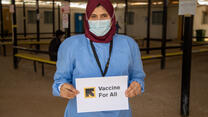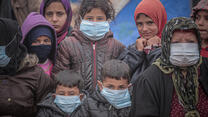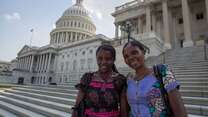This paper was jointly written by the International Rescue Committee and Development Initiatives (DI).
It has long been a challenge to track funding when a humanitarian disaster or crisis hits. Today, nearly five years after the Grand Bargain commitments to improve financial transparency, and despite some progress, the data we need to inform timely decision-making and allow for accountability is still lacking in a number of key areas.
In March 2020, when Covid-19 was declared a global pandemic, UN OCHA launched the Global Humanitarian Response Plan (GHRP) to support the response in low- and middle-income countries. Although the GHRP was not the only vehicle for responding to the pandemic, it accounted for the majority of international humanitarian aid for the crisis. On 31 December 2020, the GHRP officially concluded.
Two key takeaways emerge from IRC’s and DI’s joint analysis of the Covid-19 humanitarian financing data. First, the available data indicates a relatively bleak picture: funding for the Covid-19 humanitarian response has not been at the scale, speed or flexibility required to meet increasing needs, nor has enough funding gone directly to NGO implementers with greatest access to hard-to-reach, vulnerable populations. Second, inadequate reporting has obscured a complete understanding of where and which organizations funding is flowing to, and how quickly it is being disbursed to implementers. This limits the international community’s ability to plan an effective, coordinated and comprehensive response.
This paper offers a set of recommendations for donors and UN agency partners, such as prioritizing funding to front-line NGO implementers in fragile contexts, normalizing flexible and multiyear funding, and improving transparency and reporting to public platforms.



